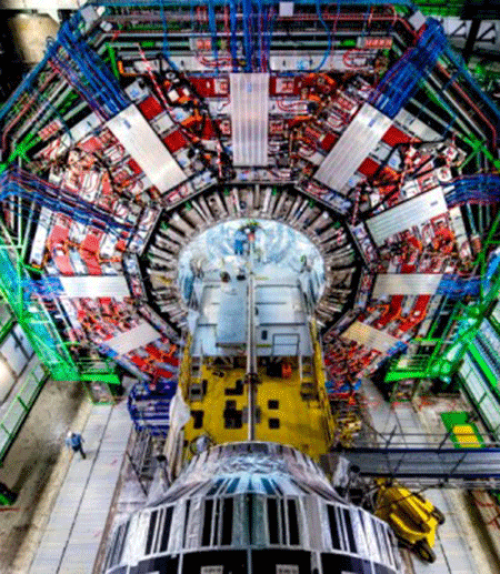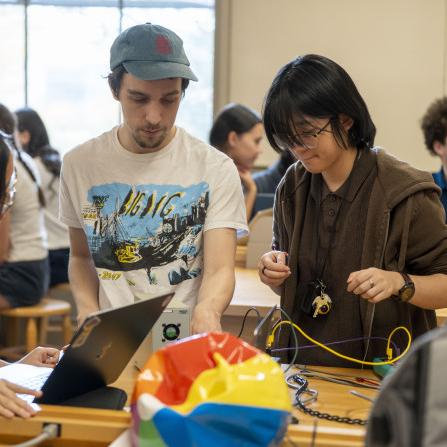
 Department Homepage
The College of Arts & Sciences
Department Homepage
The College of Arts & Sciences
CMS upgrade will shine light on Higgs boson
Cornell is leading a $77 million effort, beginning April 1, to upgrade the Compact Muon Solenoid (CMS) experiment at the Large Hadron Collider (LHC) at the European Organization for Nuclear Research (CERN).




